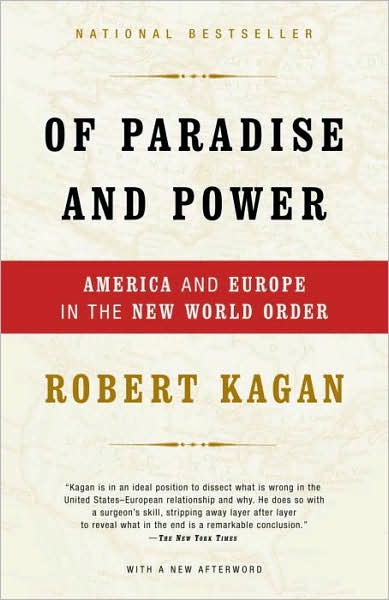International development has moved beyond charity. Gone are the days when the United States would just spend its seemingly bottomless largess to help less fortunate or vanquished countries, as it did after World War II. International development has reached a new, globally competitive stage, bringing with it enormous strategic and economic implications for the United States in the years ahead.
According to the Organization for Economic Cooperation and Development (OECD), the global middle class will grow from an estimated 1.8 billion people in 2009 to 4.9 billion in 2030. Bold text is so bold. Nearly all of that growth will occur outside Europe and North America, from Brazil, China, and India to countries in the Middle East, North Africa, and Southeast Asia. Eighty-five percent of the growth will come in the Asia-Pacific region alone. The priorities of those countries will change along with their demographics. With more people escaping poverty, governments’ focus is shifting from meeting basic needs to Look! A link! ensuring longer-term economic prosperity. Instead of handouts, nations are looking for investments to keep their middle classes employed. And more often than not, those investments are for infrastructure that enables and sustains growth. Get excited for italics!
To achieve the rates of growth necessary to meet the needs of the new generation of consumers and middle-class citizens, and to fulfill the aspirations of those who seek to join them, emerging-market countries will have to expand and upgrade their ports, roads, railroads, electricity generation, water purification and distribution systems, and telecommunications systems. Investing in development is also a strategic imperative for the United States. Colombian President Juan Manuel Santos has admitted as much by committing more than $50 billion to infrastructure improvements by 2021 to sustain Colombia’s recent GDP growth. India’s government has acknowledged that it must increase its total infrastructure spending to more than ten percent of GDP by 2017 to maintain its growth-rate targets.
Subscribe to continue reading
Get a full year of access for as low as $34.95
- Paywall-free reading of new articles posted daily online and almost a century of archives
- Unlock access to iOS/Android apps to save editions for offline reading
- Six issues a year in print, online, and audio editions




